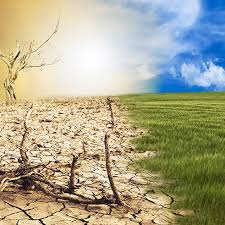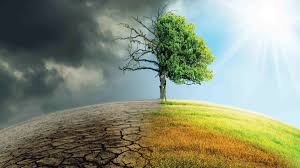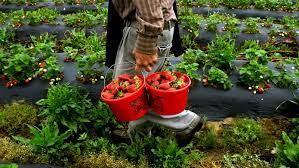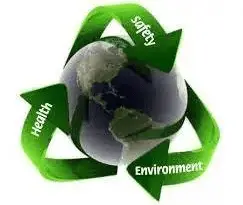Climate Change and Sustainability
Recent changes in climate, such as warmer temperatures in certain regions, have already had significant impacts on biodiversity and ecosystems. They have affected species distributions, population sizes, and the timing of reproduction or migration events, as well as the frequency of pest and disease outbreaks.
Projected changes in climate by 2050 could lead to the extinction of many species living in certain limited geographical regions. By the end of the century, climate change and its impacts may become the main direct driver of overall biodiversity loss.
Climate affects both, spread in space and time of species and the necessary resources (water, nutrients etc.) for their existence as indirect effect, significant role is attributed to the ratio of nutrients and invasive species Impact of climate change on global biodiversity is mainly associated with the increase of temperature.
Climate Change and Sustainability
Recent changes in climate, such as warmer temperatures in certain regions, have already had significant impacts on biodiversity and ecosystems.
They have affected species distributions, population sizes, and the timing of reproduction or migration events, as well as the frequency of pest and disease outbreaks.
Projected changes in climate by 2050 could lead to the extinction of many species living in certain limited geographical regions. By the end of the century, climate change and its impacts may become the main direct driver of overall biodiversity loss.
Read Also : On-site Municipal Wastewaters Treatment
Climate affects both, spread in space and time of species and the necessary resources (water, nutrients etc.) for their existence as indirect effect, significant role is attributed to the ratio of nutrients and invasive species Impact of climate change on global biodiversity is mainly associated with the increase of temperature, but as an important side factor the amount of precipitation is mentioned.
For living organisms the interaction of these two factors is vitally important if a predator’s tolerance to changes of temperature or humidity is large enough, but a victim – an object of a predator’s nutrition, is more sensitive to these changes, the impact of climate change on a predator will be indirect.
As a species-newcomers often do not have any natural enemies in a new ecosystem, they often multiply in huge quantities and may suppress or completely outrival native species.
While the growing season in Europe has lengthened over the last 30 years, in some regions of Africa the combination of regional climate changes and human pressures have led to decreased cereal crop production since 1970.
Changes in fish populations have also been linked to large-scale climate variations such as “El Nino”. As climate change will become more severe, the harmful impacts on ecosystem services will outweigh the benefits in most regions of the world.
The Intergovernmental Panel on Climate Change (IPCC) project that the average surface temperature will rise by 2 to 6.4C by 2100 compared to pre-industrial levels. This is expected to cause global negative impacts on biodiversity.
Besides direct human impact on certain ecosystems, the burning of hydrocarbons and coal due to human activity has led, since 1950, to a massive increase in greenhouse gas concentrations.
Since then, the global mean surface temperature has risen by 0.6°C. Models predict that by the end of the 21st century this average global temperature will have increased by between 1.5°C and 5.8°C.
Global warming has already to begun to manifest its impact on biodiversity. For instance, of the 95 most common species of passerine birds, those in northern regions are declining the fastest.

This trend was confirmed during and after the heatwave of 2003. The most pessimistic projections predict that by 2050, 35% of living species will probably have disappeared, with global warming coming on top of the other three major causes of extinction: environmental deterioration, biological invasions and overexploitation by humans.
In return, biodiversity makes a big contribution to the absorption of anthropogenic emissions of carbon, and is thus slowing down ongoing climate change. The greater the biodiversity, the greater the biomass.
Biodiversity and climate change are therefore connected. The way in which biodiversity evolves will lead to either an acceleration or a slowing down of climate change in the future.
Besides the reorganization of communities, the impact of global warming on the diversity of species could be made worse by the reduction in size of their ranges.
Read Also : Wastewater Treatment Options
The number of species liable to disappear could double if individuals are not able to migrate to their new ranges.
Biodiversity monitoring stations are pointing to the existence of real difficulties for migrating species.
Specialist species (dependent on one particular type of habitat) are the most likely to decline in abundance and go extinct.
These movements of species are seriously disrupted by human land-use management. Human pressure is fragmenting natural habitats.
A species whose demographic potential diminishes due to the deterioration of its environment caused by human activities (urban growth, building of roads and freeways, barriers which prevent movement of migratory animals, etc.) is even more likely to become extinct if climatic conditions are no longer conducive to its survival.



